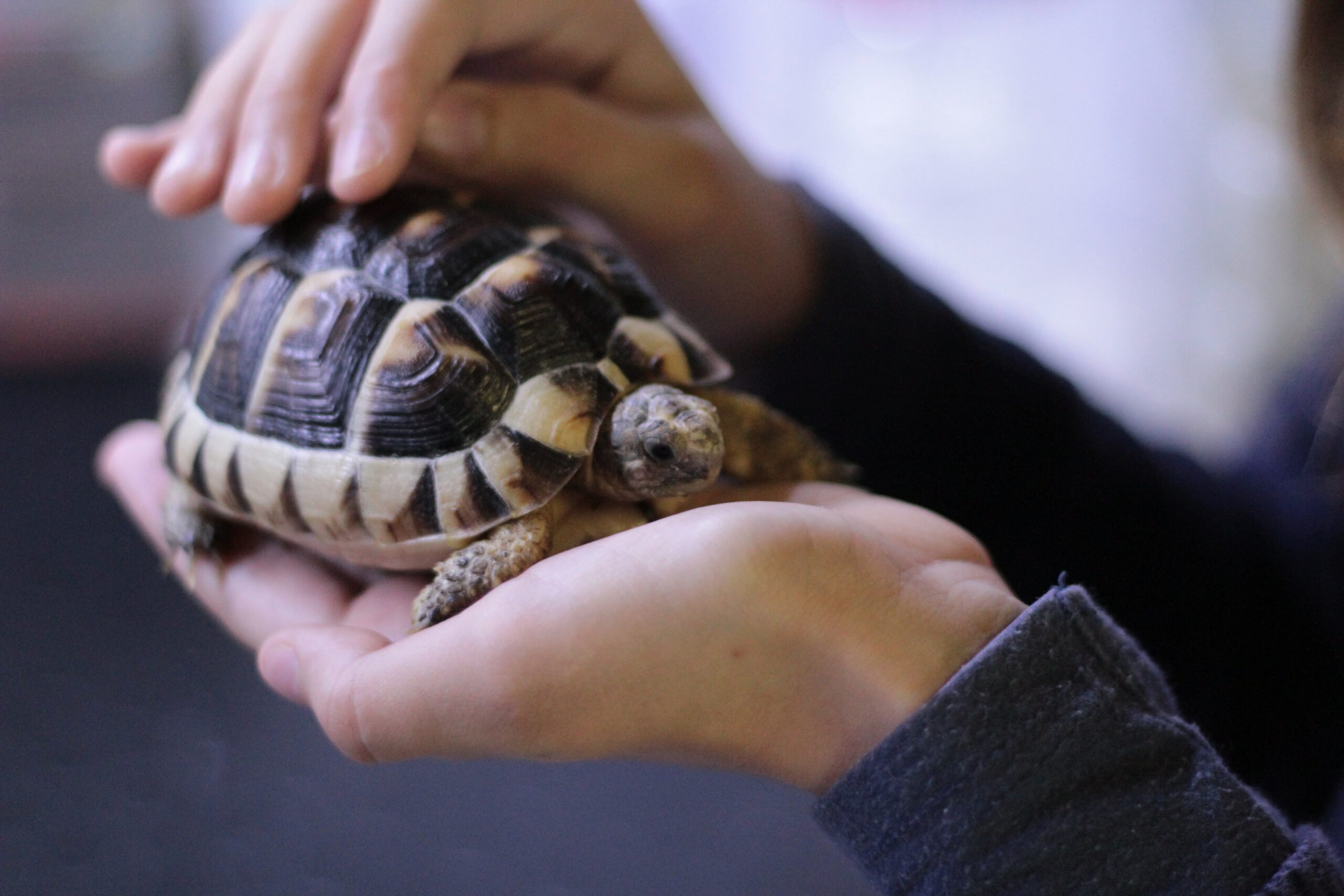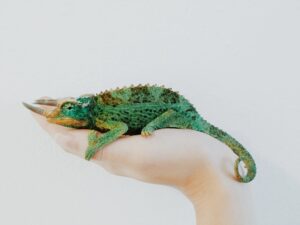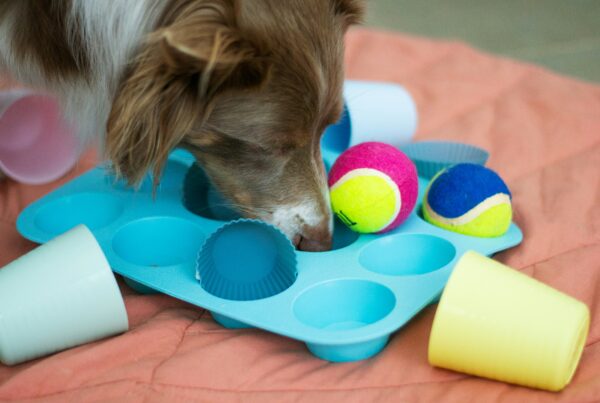Keeping a reptile as a pet can be a very rewarding experience, but it also requires a lot of work. You have to feed them and make sure they’re healthy and comfortable. But did you know that keeping the terrarium clean is the most crucial aspect of living with a reptile? Well, reptiles and amphibians can transmit numerous illnesses to humans, including salmonella. Therefore, keeping it and its environment clean is mandatory for the safety of everyone in your home.
Unfortunately, cleaning is not as easy as you might think; in fact, determining when the right time to clean the terrarium is even harder, especially for first-time reptile owners and folks who already own dogs and cats. And that is because dogs and cats can attack your new pet; therefore, proper dog training is mandatory.
But most importantly, you need to keep your pet clean; so, if you want to know when to clean your terrarium and how to do it correctly, please read on…
Why Should I Clean My Terrarium?
Nature helps cleanse reptiles with air circulation, changing seasons, natural life cycles, and rain in the wild. Unfortunately, pet reptiles cannot cleanse themselves or migrate to a cleaner part of the small cage to prevent the buildup of feces on their skin. Instead, they depend on their owners to do this for them. Therefore, you should clean your pet regularly to prevent the following:
- Spread of bacteria to human beings
- Illnesses, discomfort, and even death
- Less enjoyment and poor visibility in the enclosure
- Strong, unpleasant odor from the tank
- Changing of the reptile pets’ behavior, for example, your pet may become aggressive
When Should I Clean My Reptile’s Terrarium?
Generally, the answer to this question varies with the types of reptile you have adopted and how often you remove its feces and clean the water and food spillages. In fact, some experts recommend doing a thorough cleaning once every three months, but this will depend on numerous factors like the type of species you plan on adopting. For example, milk snakes or corn snakes are lower maintenance than turtles and iguanas.
So whether it’s a tortoise, turtle, lizard, or snake, you need to ensure that it’s living in a clean environment, which means splitting the cleaning process into three:
Daily Cleanings
There are certain steps that every pet owner should take every day to create a clean habitat for their pets. Therefore, you should clean its food and water dishes and discard the uneaten food. Aquatic reptiles tend to sleep, eat and defecate in their water, so by ensuring that their water is clean, you’ll be keeping their health on top of the priority list.
You should also clean spills every day and, most importantly, remove shed skin and feces before it creates a dirty cage. Doing these simple tasks won’t disturb your reptile, but it will guarantee its safety and help keep the environment clean. For more details on how to take care of your reptile pet, click here.
Weekly Cleaning
A thorough cleaning every week is mandatory for most reptile habitats. During your weekly cleaning, you should wipe every surface using an appropriate disinfectant. Make sure you wipe down every wood and rock in its habitat.
You should clean every toy and get rid of the decaying plants before replacing the dirty substrates. To do this correctly, you should move your pet to another place so that it’s not disturbed by the cleaning activities. The weekly and daily cleaning jobs will reduce the likelihood of your pet transmitting any illness to anyone in your household.
Use disinfectants on food and water dishes to provide enhanced cleaning power. Ensure that you rinse thoroughly and ensure that there are no traces of disinfectants or soap on the dishes.
Monthly Cleanings
Deep cleaning is usually done once every month; however, it may not be that frequent for most reptiles. For deep cleaning, you should remove everything from its habitat and scrub all the surfaces, which include accessing the corners using a toothbrush. You should replace all the substrates and either replace the feeding dishes, woods, and rocks in its environment or soak them in disinfectants.
Give the enclosure more than enough time to dry out and make sure no fumes from the disinfectant remain. This is also the best time to get your pet more toys and even upgrade the terrarium. You may even think about getting insurance coverage at this point; after all, treatment for severe illnesses can be costly. During this period, your pet should be in a safe place.
How to Disinfect and Clean a Terrarium
Ensure that there is a proper selection of the type of disinfectant you use. Reptiles are sensitive to the toxic fumes emitted by these disinfectants, and they should be taken to another room when the disinfectant is being applied. Household bleach is the most available disinfectant and should be diluted at a ratio of ½ cup bleach to 1 gallon of water. Other disinfectants that are safe for your reptiles can be acquired from your veterinarian.
It is important to remove food, feces, and other matter before using the disinfectant since organic matter presence will prevent the disinfectant from working properly. The first thing you should do is get rid of all the substrates and organic matter that can prevent your disinfectant from working properly. Clean any soiled areas with a hot solution, rinse well, and then apply the disinfectant. Use gloves and safety goggles while applying disinfectants and ensure you’re working in a well-ventilated room.
Final verdict
So, when should you clean your reptile’s terrarium? It honestly depends on the type of reptile and how often it is being used. For example, if you have a pet snake that only comes out once a week to eat, then you may not need to clean the terrarium as frequently as someone who has a lizard that likes to climb all over everything. But, as a general rule of thumb, we recommend cleaning your terrarium every week for most reptiles. How often do you clean your pet’s terrarium?
photo cred:
https://unsplash.com/s/photos/reptile-pet?utm_source=unsplash&utm_medium=referral&utm_content=creditCopyText
Photo by Matthew Essman on Unsplash
https://unsplash.com/photos/yFMXw18njgw






